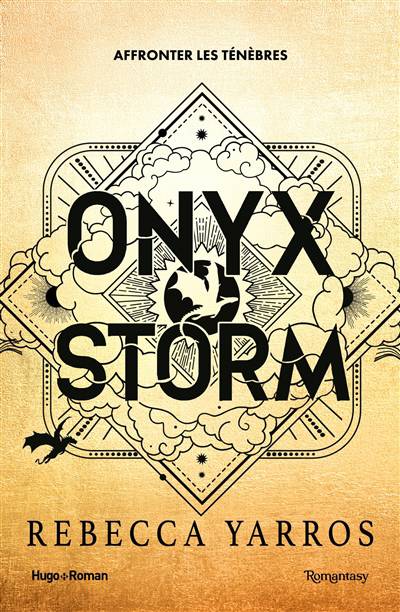
- Retrait gratuit dans votre magasin Club
- 7.000.000 titres dans notre catalogue
- Payer en toute sécurité
- Toujours un magasin près de chez vous
- Retrait gratuit dans votre magasin Club
- 7.000.0000 titres dans notre catalogue
- Payer en toute sécurité
- Toujours un magasin près de chez vous
Description
This intriguing book highlights differences in how crime is portrayed in the arts compared to reality, focusing on the roles of the police, courts and forensic investigators. Of interest to criminologists, sociologists, lawyers and other criminal justice personnel, it will also appeal to anyone interested in crime and punishment. What we see or read in the media follows a formula inviting suspension of disbelief. It is a long way from what happens in real life and the book contains vivid examples, contrasts and comparisons. As the author points out, from Shakespeare to Harold Pinter, Dickens to P D James and as between authors, dramatists and filmmakers of all kinds the rules are frequently broken by dramatic licence, structural demands, the need for a good ending and entertainment. A book to read, enjoy and learn a great deal from: whether it is Agatha Christie, Dixon of Dock Green, Patricia Cornwell, Kavanagh QC, Kathy Reichs, Sherlock Holmes, Waking the Dead, García Márquez, A Touch of Frost, Edgar Allan Poe, Heartbeat or lesser known writers, works or fictional creations. Brian P Block was a justice of the peace for many years and spent his professional career testing medicines. He holds degrees in criminal justice and pharmacology among others. A Fullbright and post-doctoral scholar at Yale University, USA he has been a frequent contributor to legal journals. He is the author of three previous Waterside Press publications: Hanging in the Balance: A History of Capital Punishment in Britain (1997), Famous Cases: Nine Trials that Changed the Law (2002) (both with John Hostettler) and The Pain and the Pride: Tales from the Colorado Boot Camp (2000).
Spécifications
Parties prenantes
- Auteur(s) :
- Editeur:
Contenu
- Nombre de pages :
- 160
- Langue:
- Anglais
Caractéristiques
- EAN:
- 9781909976221
- Date de parution :
- 15-07-15
- Format:
- Livre broché
- Format numérique:
- Trade paperback (VS)
- Dimensions :
- 156 mm x 234 mm
- Poids :
- 254 g

Les avis
Nous publions uniquement les avis qui respectent les conditions requises. Consultez nos conditions pour les avis.






